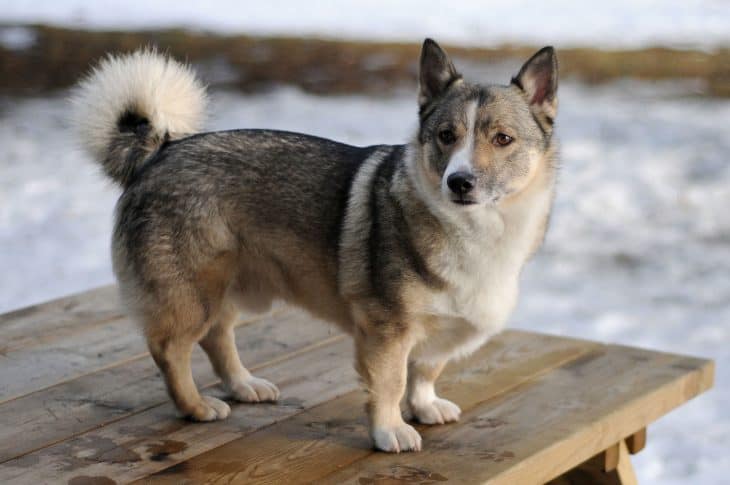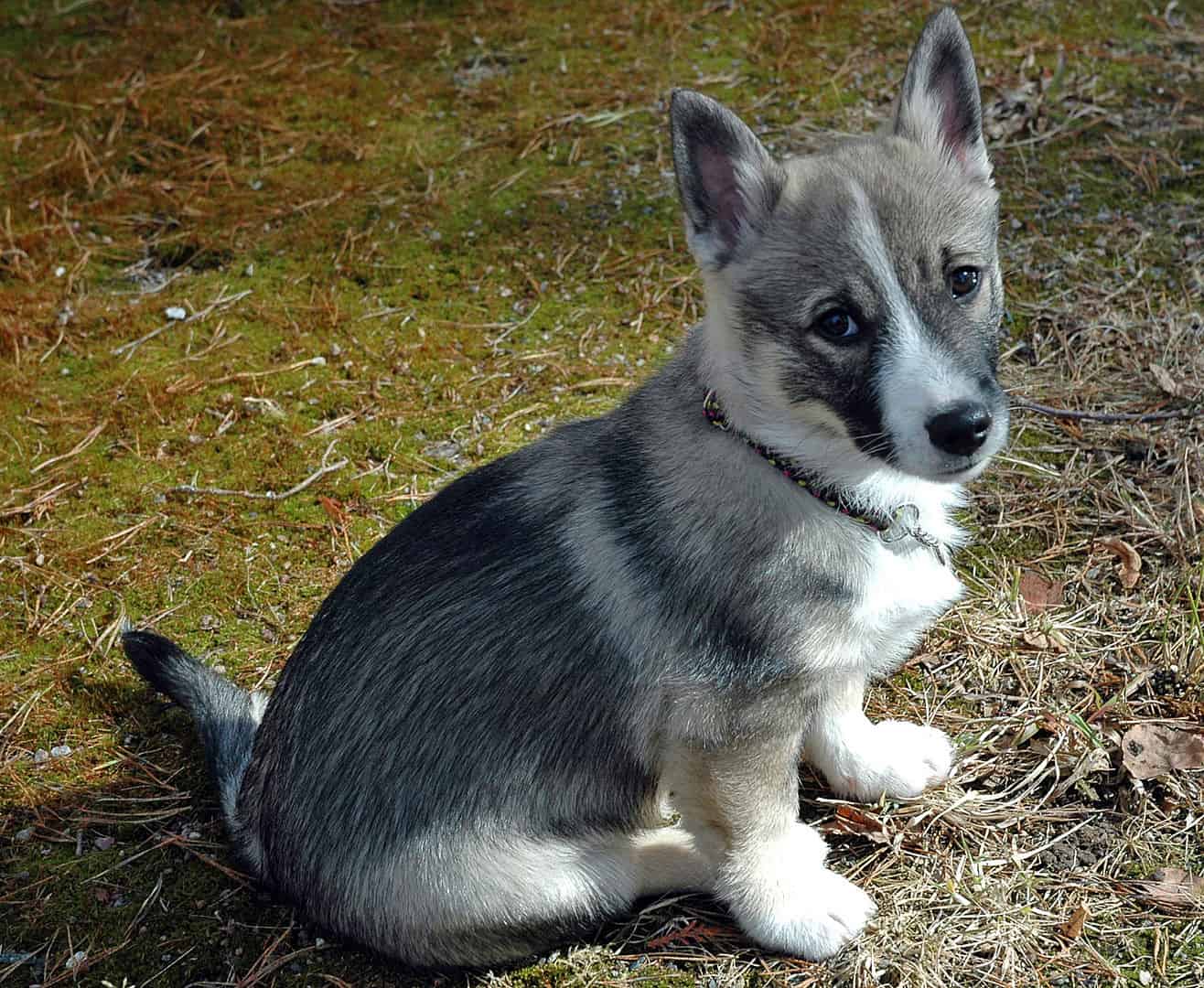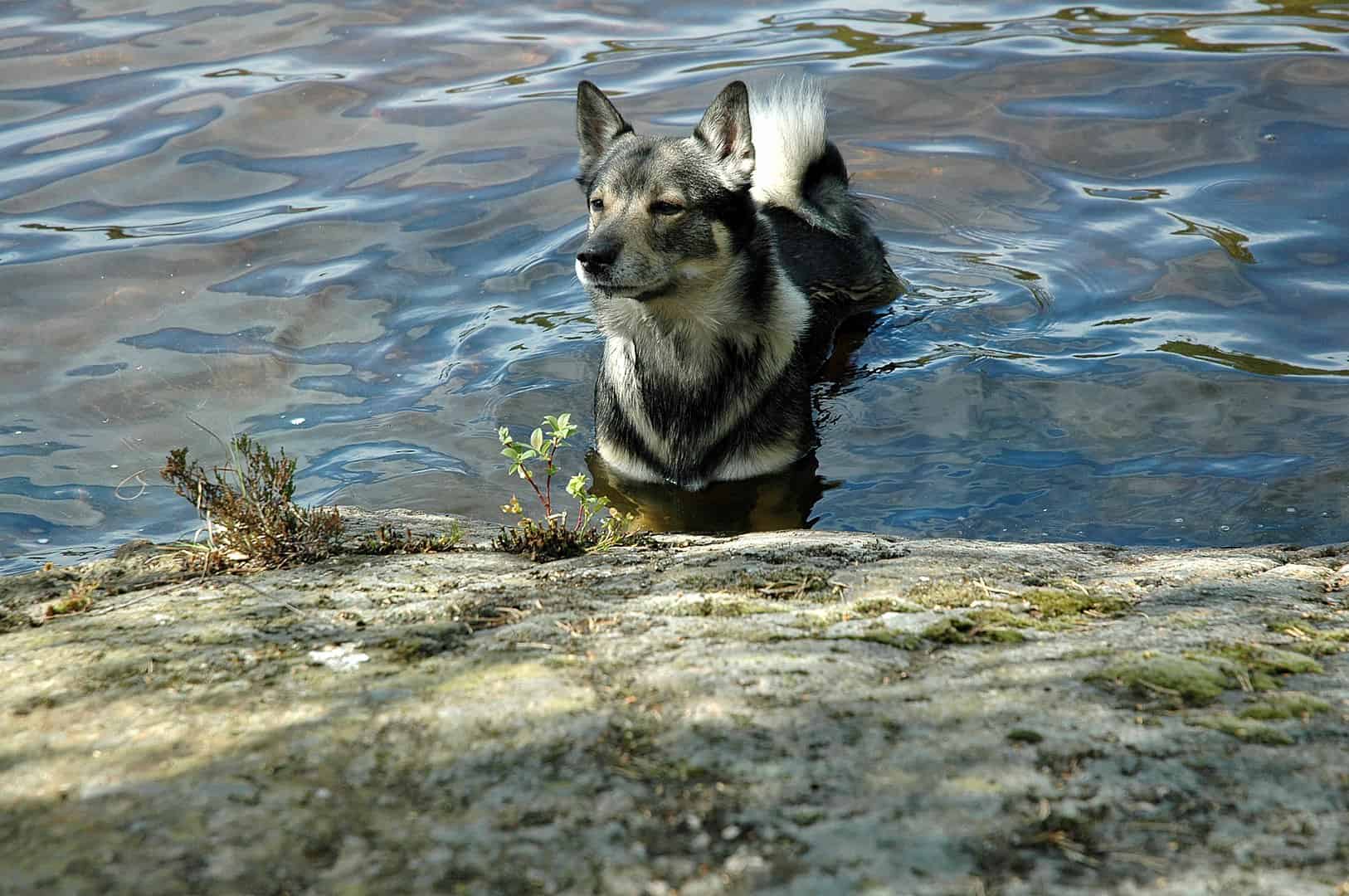
Wolf corgis have lived with humans for centuries. In that time, they’ve lived as pets, friends, and helpers. Learn more about these amazing dogs with these 30 wolf corgi facts.
- A male wolf corgi typically stands around 33 cm tall.
- Females tend to grow shorter, with only a height of around 31 cm.
- On average, wolf corgis live for up to 15 years.
- Wolf corgi litters can number up to 10 puppies.
- Wolf corgis average around 12 kg in weight.
- Wolf corgis first appeared in Sweden during the 8th Century AD.
- Humans first used wolf corgis to drive and herd cattle.
- In that same century, Vikings brought the wolf corgis to the British Isles.
- Some historians instead think Vikings brought the wolf corgi back to Sweden from the British Isles.
- Wolf corgis may have contributed to the development of the Welsh corgi during the 10th Century AD.
- Through the Welsh Corgi, wolf corgis also became ancestors of the modern Lancashire Heeler.
- Wolf corgis nearly died out in 1942.
- Bjorn von Rosen and K.G. Zetterstein popularized the breed to save it from extinction.
- The Swedish Kennel Club officially recognized wolf corgis as a breed in 1943.
- Today, people breed wolf corgis all around the world.
- Wolf corgis have the official name of Swedish Vallhund.
- They also have the alternative name of Västgötaspets, from the Swedish province of Västergötland.
- Their closest relatives include the Norwegian Elkhound, which shares their skeletal structure.
- Other names for the breed include Swedish Shepherd and Swedish Cattle Dog.
- They may also sometimes go by Swedish Cow Dog.
Wolf corgis have a distinctive appearance.
They have wedge-shaped heads, dark-brown eyes, and pricked ears that give them a passing resemblance to wolves. The resemblance grows with their fur color, which ranges from grey to grey-brown, and even red-brown. Patches with lighter shades also appear on parts of their body, such as their belly, chest, muzzle, and throat. They may also appear on the shoulders, which breeders call harness markings. Parts of their fur may also become pure white, usually around their neck or over their paws. Their tails also have varying lengths, with some animals actually having no tails at all.
This has caused problems for some owners, especially in places where authorities might think the owner had the tail removed. This could count as animal abuse, such as in Sweden until medical professionals can confirm that the animal never had a tail to begin with.
Wolf corgis also have certain preferences for their local environments.
For one thing, their thick, double coats of fur make them very uncomfortable in hot climates. That said, members of the breed have adapted, but still need plenty of shade and water to really thrive in hot climates. Also, while wolf corgis handle cold climates well, their short height means they find it difficult to move around in deep snow.

They have a reputation for competing in certain dog sports categories.
Specifically, agility, flyball, hiking, obedience, rally obedience, showmanship, and tracking. Surprisingly, not all wolf corgis can compete in herding competitions, unless the dog has shown basic herding instincts.
They may become difficult pets for some people.
One thing you should know is that wolf corgis bark a lot, not just at passing people, animals, and vehicles, but also to simply draw attention. They also have willful personalities and don’t respond well to shouting or physical punishments. They may also chase after children, treating them as animals to herd, and may even nip at the child’s ankles. Wolf corgis also have a habit of biting and chewing anything they can get their jaws on when they get bored. As such, experts do not recommend the breed for casual or first-time dog owners.
They also have a mixed attitude towards other pets.
Wolf corgis actually do get along with other family pets, recognizing the family’s scent on them. The problem develops when they encounter pets belonging to other people, which a wolf corgi will react to with varying degrees of hostility. Experts think this stems from their herding instincts, which cause the dogs to see other pets as possible predators.
They also tend to become difficult to get as pets.
Wolf corgis just don’t live in large numbers outside of Scandinavian countries and their neighbors. This also causes prices of existing dogs to become rather high, with wolf corgis in the USA averaging at over $2000 from reputable breeders. Many people actually find it cheaper to just adopt an adult wolf corgi from an animal shelter, instead of buying a puppy.
Wolf corgis may also suffer from congenital defects.
Earlier we mentioned how many wolf corgis suffer from impaired night vision as they get older. Other disorders, though, may develop at a much younger age, such as hip dysplasia, where the dog’s joints don’t fit very well, causing their legs to easily get dislocated. In most cases, simple exercise usually becomes enough to let the dog’s body cope with the condition, and prevent it from progressing. In the most severe cases, surgical correction, or even complete joint replacement, may become necessary.

They also shed their fur regularly.
Wolf corgis typically shed twice a year, with the specific time varying from dog to dog. When they do shed, they leave behind large patches of fur wherever they go, and which can prove a chore to clean.
They can also surprisingly get overweight easily.
Wolf corgis tend to have active lifestyles, but even so, they can gain weight and grow fat very quickly. So much so that experts actually recommend against giving them human food, as this makes them grow fatter even more quickly. Experts think this results from the breed’s small size, which means even with their fast metabolism and active lifestyle, a wolf corgi’s body just consumes few calories that its weight builds very quickly.
They also have a habit of wandering off.
Specifically, wolf corgis tend to quickly run off to chase or investigate anything that catches their attention. This could become problematic when taking them for a walk, as they might end up dragging their owners along. That, or they slip free and force their owners to chase after them before they accidentally hurt themselves or someone else.
Was this page helpful?
Our commitment to delivering trustworthy and engaging content is at the heart of what we do. Each fact on our site is contributed by real users like you, bringing a wealth of diverse insights and information. To ensure the highest standards of accuracy and reliability, our dedicated editors meticulously review each submission. This process guarantees that the facts we share are not only fascinating but also credible. Trust in our commitment to quality and authenticity as you explore and learn with us.
